THE CRUCIFIXION WITH SAINT FRANCIS
GIOVANNI BATTISTA PIAZZETTA attr. to
Venezia 1683 – 1754 Venezia
THE CRUCIFIXION WITH SAINT FRANCIS
Oil on canvas
73 x 54 cm / 29 x 21 inches, with frame 83 x 54 cm / 33 x 25 inches
PROVENANCE
Germany, private collection
MEDITATION IN THE SHADOW OF THE CROSS: GIOVANNI BATTISTA PIAZZETTA
This is a rare work, most likely from the early period of Giovanni Battista Piazzetta, one of the most expressive masters of 18th-century Venetian painting. The attribution by Roberto Ciabattini is based on close comparison with other Crucifixions by the artist, including examples in the Gallerie dell’Accademia in Venice, the parish church of Prčanj in Montenegro, and the Brera Gallery in Milan. The composition was also engraved by Marco Pitteri — the print is preserved in the Museo Correr in Venice.
When compared with other confirmed works by Piazzetta — such as the Resurrection of Christ in the Pinacoteca Nazionale in Bologna or the Beheading of St John the Baptist in Padua — the figure of Christ in this Crucifixion reveals the same sculptural clarity, emotional restraint, and dynamic power that characterize the artist’s style in the early 1710s.
An earlier attribution to Giulia Lama, a pupil of Piazzetta, is now considered unlikely. Her Crucifixion with Saints in the church of San Vidal in Venice (executed between 1726 and 1732) differs significantly in style and spirit from the present work.
PIAZZETTA — A PAINTER OF DRAMATIC CONCENTRATION
Piazzetta (1683–1754), the son of the sculptor Giacomo Piazzetta, became one of the most original figures in Venetian painting of his time. A student of Antonio Molinari, he traveled to Bologna in his twenties to study the works of the Carracci and Guercino. However, it was his encounter with the art of Giuseppe Maria Crespi — with whom he likely worked around 1703 — that shaped his artistic identity. By 1711 he was back in Venice, and in 1750 he became director of the Venetian Academy of Painting.
Piazzetta’s style differs markedly from that of the Venetian school of his time. His drawing was forceful and sculptural, deeply painterly without being linear. He pursued a form of “sculpted” painting in which each brushstroke contributes structurally to the whole. This inner tension — focused on the figure, tight composition, and striking chiaroscuro — defines his religious and genre scenes alike.
Among his most renowned works are the Martyrdom of St James (1717, San Stae), St Philip Neri in Adoration of the Virgin (1725–27, Santa Maria della Fava), the Glory of St Dominic (c. 1727, Santi Giovanni e Paolo), and the celebrated altarpiece of Saints Hyacinth, Louis, and Vincent (1738, Church of the Gesuati, Venice).
The final years of Piazzetta’s life were marked by poverty and solitude. Despite public recognition and academic appointments, he died in Venice in deep financial hardship.



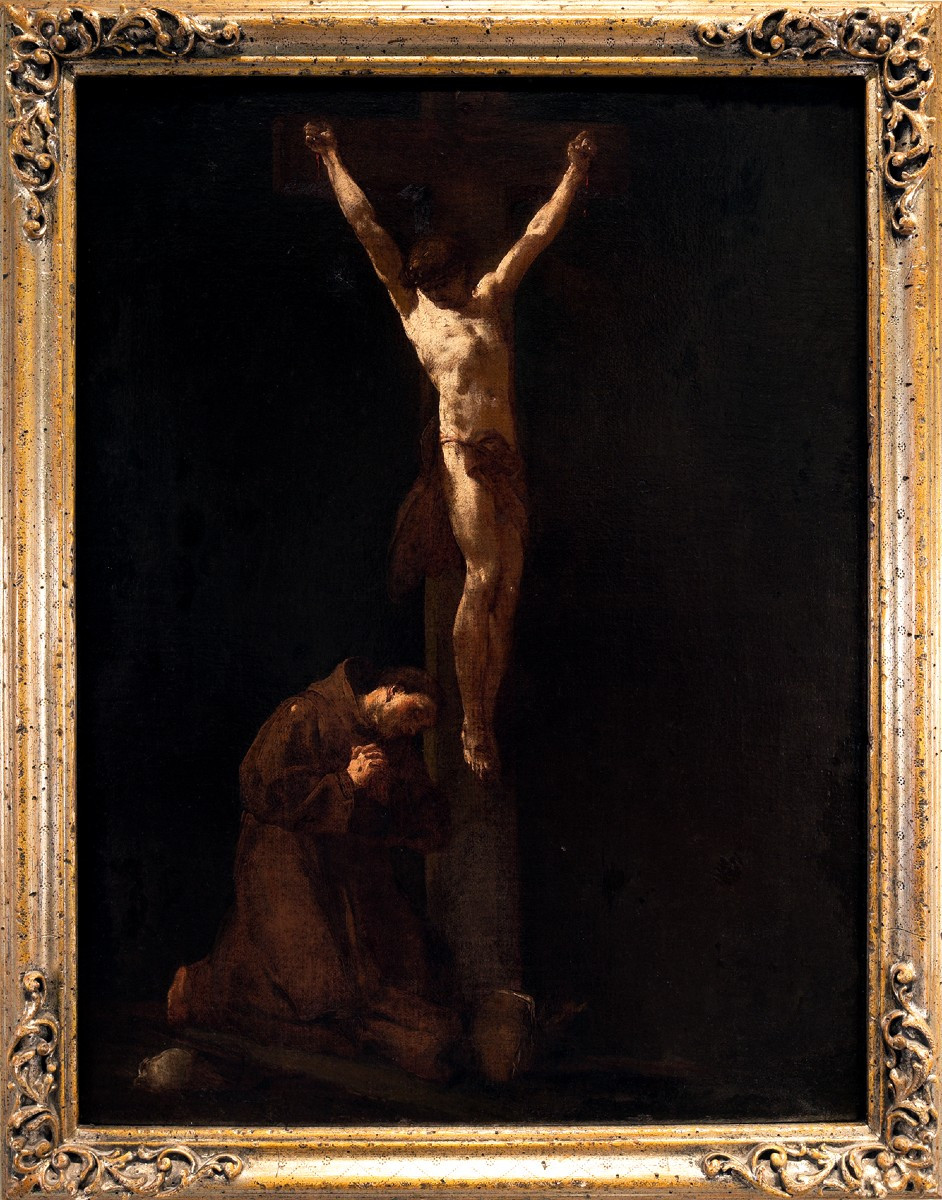

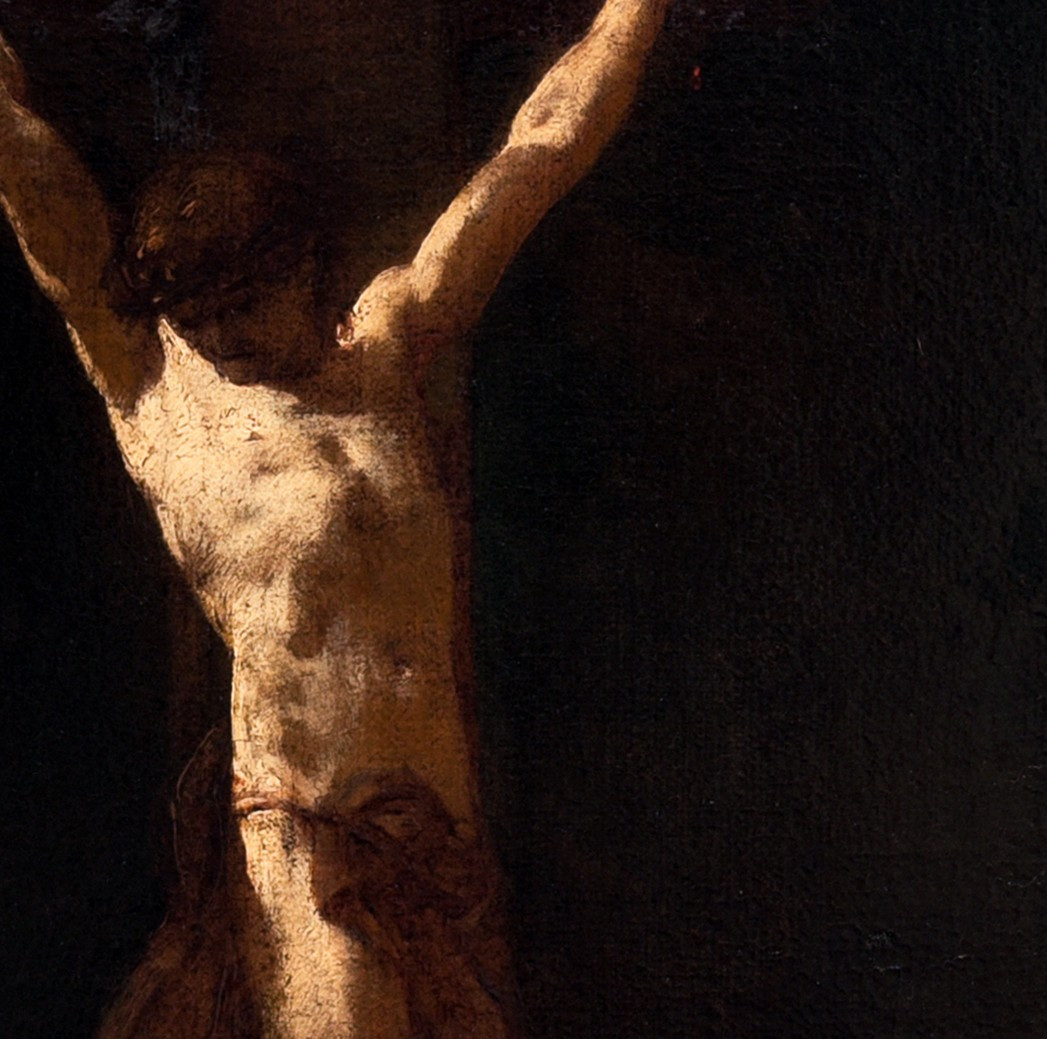



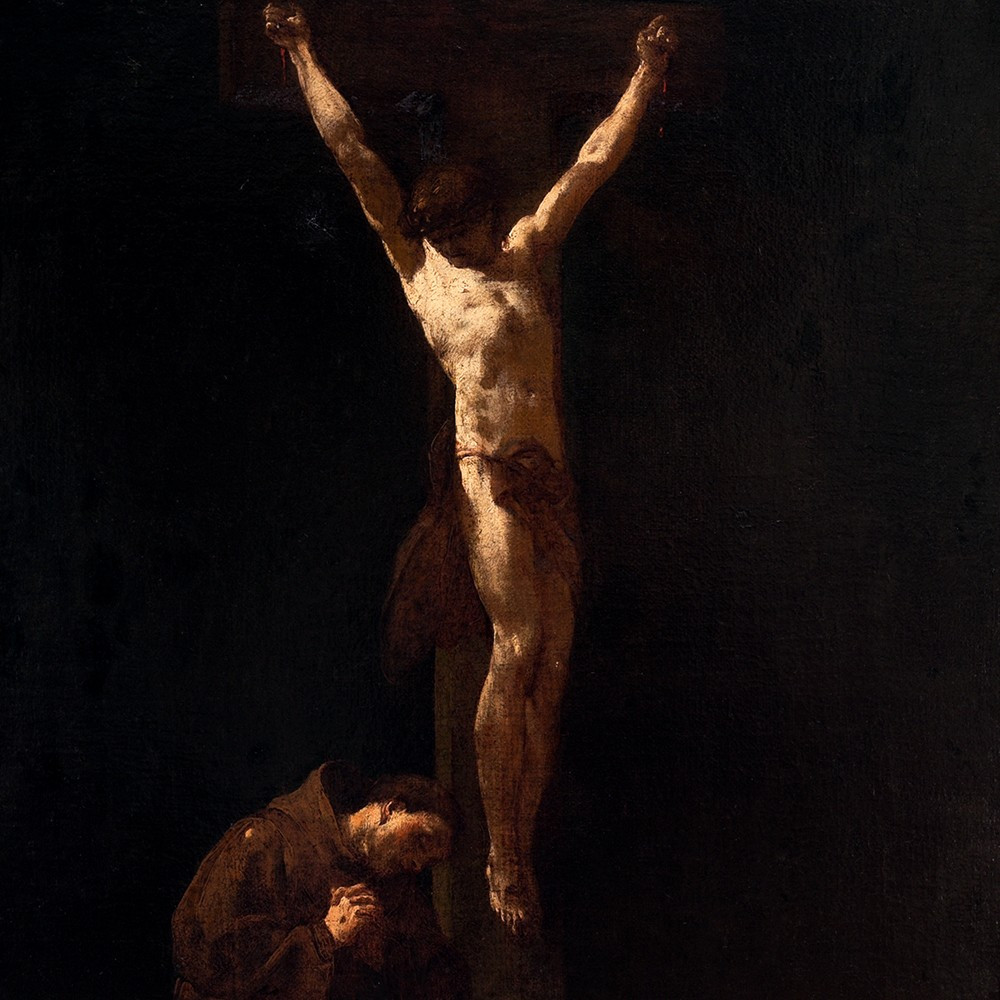
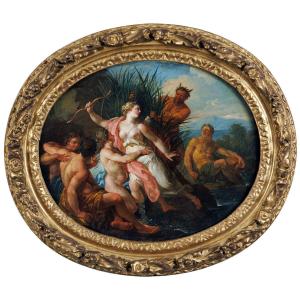



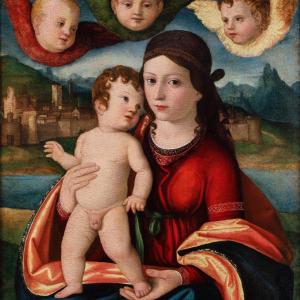


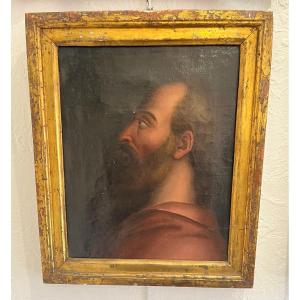







 Le Magazine de PROANTIC
Le Magazine de PROANTIC TRÉSORS Magazine
TRÉSORS Magazine Rivista Artiquariato
Rivista Artiquariato
